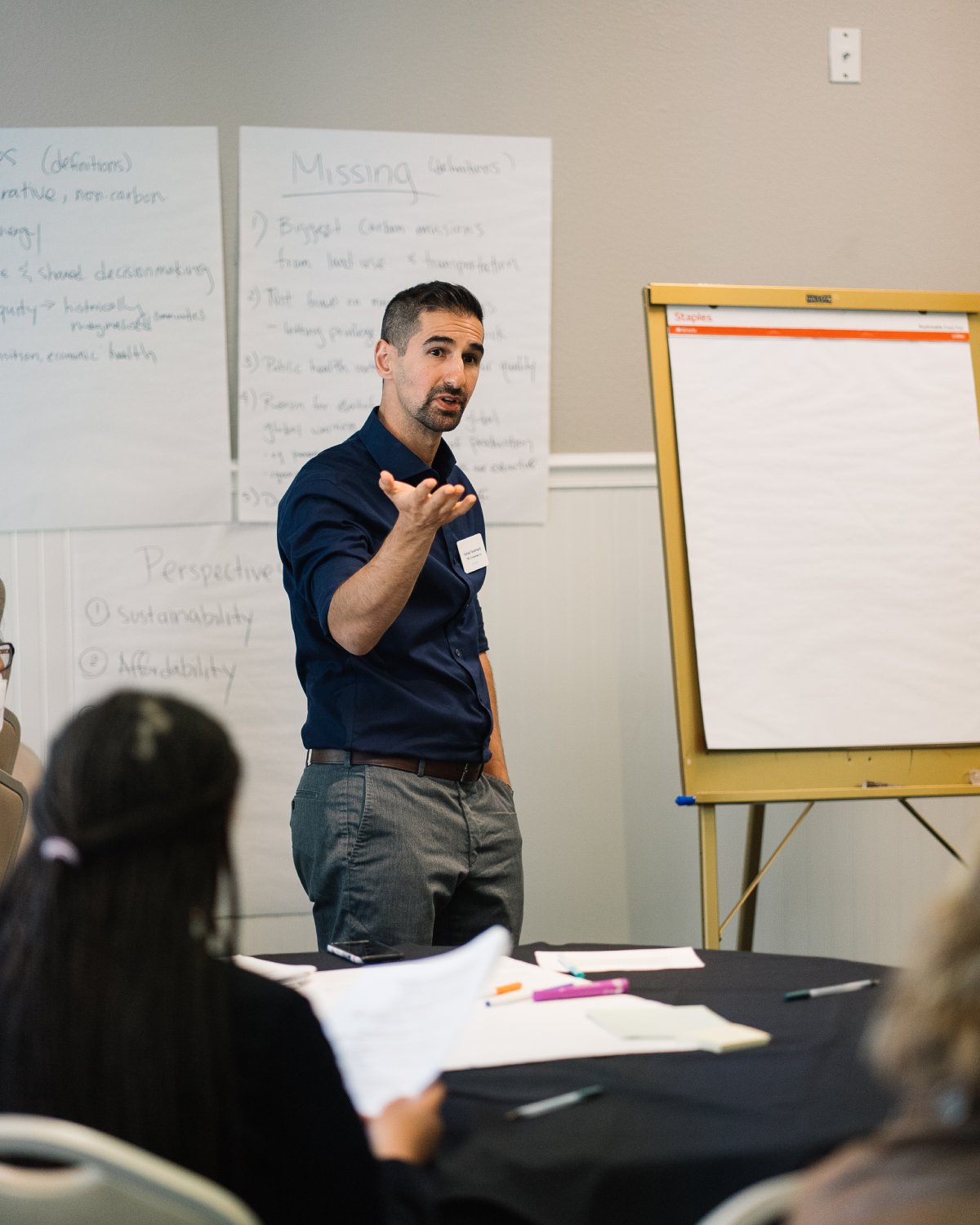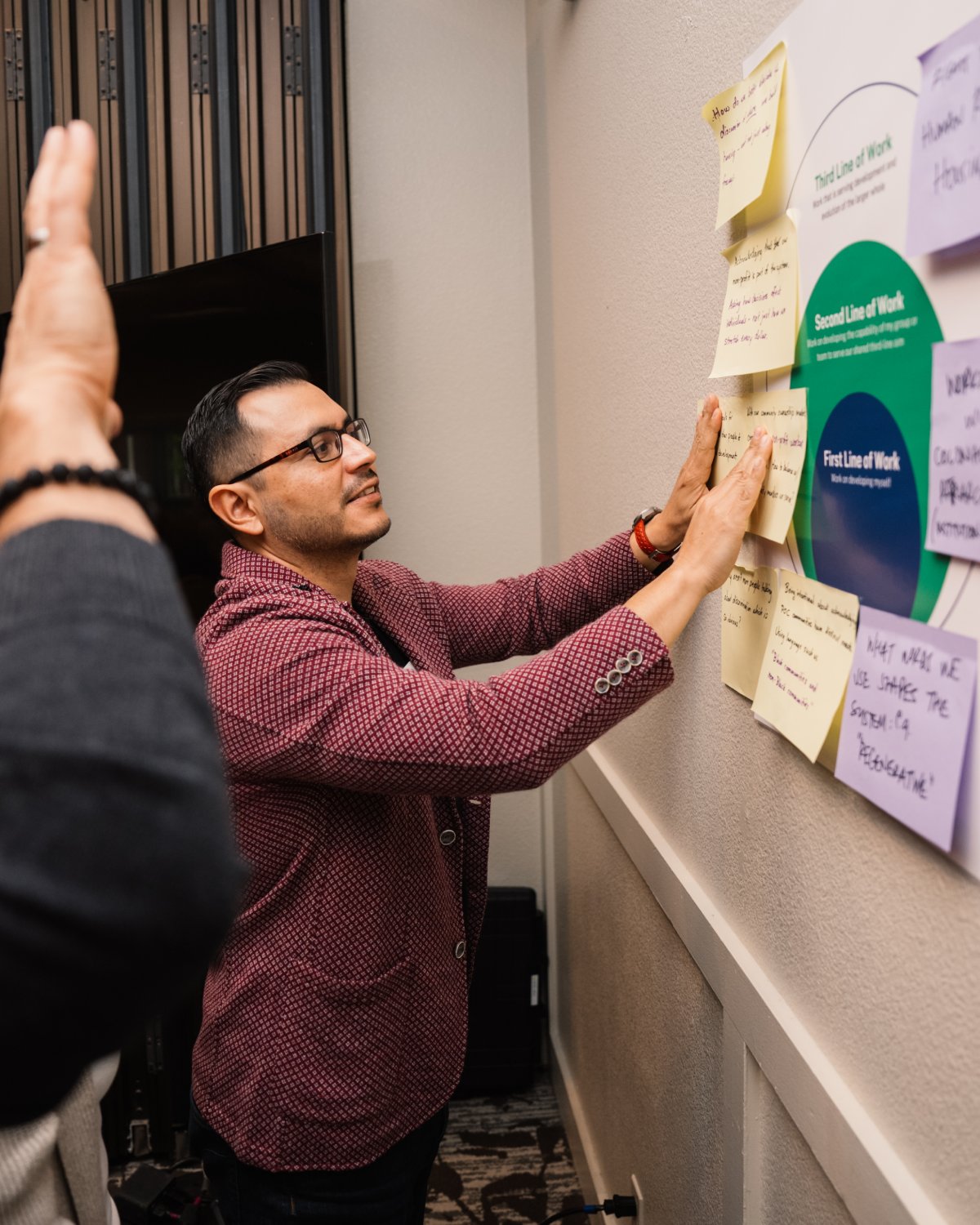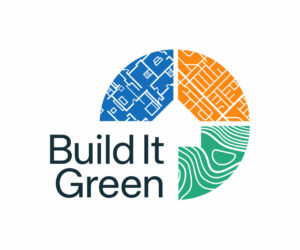We know that you see and feel the impacts of the warming climate on California—it’s making us more vulnerable to fires, floods, and drought. And, at the same time, housing prices are rising higher than many families can stretch.
At Build It Green, we believe that the solutions not only begin in the home— but the solutions also begin with the homes. That is, Californians understand that these problems are interwoven and that human communities are parts of our larger natural communities. By working together and thinking creatively we can build neighborhoods where people and natural systems can both thrive.
As 2024 gains momentum, Build It Green (BIG) is moving forward to do just that. After working with our members in the California Housing System Innovators Network, we’ve narrowed in on three primary focus areas for new programs work this year to support and grow. These focus areas are:

Building codes are a major part of the legal environment around development. Fire and electrical codes, for example, have helped reduce the danger of fires for decades and saved the lives of thousands of people. Codes are an important tool for improving the way we build our homes and communities so that people and natural systems can thrive. At the same time, codes can be hard to interpret, difficult to implement with limited benefits or have unintended consequences. They can also make building more expensive and stifle innovation.



Alex Coba
Communication Associate
As a proud California native from Stockton, Alex brings a wealth of experience and a versatile skill set. He has a solid communication background with a Bachelor of Arts in Journalism and Public Relations from California State University, Chico. Alex is adept at strategic communications and media relations, with experience gathering and sharing stories from his local communities that uplift the unique spirit and values of those places. He is excited to join Build It Green, where he can apply his talents to further BIG’s mission to help communities across California thrive